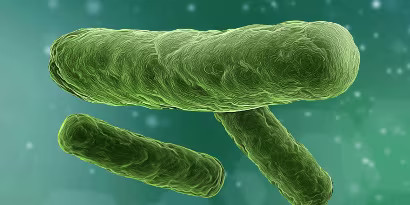Micro-organismes
août 01, 2023


Campylobacter species are among the leading causes of domestically acquired bacterial foodborne illness in the U.S., with nearly 1.3 million cases annually, according to the U.S. Centers for Disease Control and Prevention. For each reported case of campylobacteriosis, 30 cases are projected to be unreported.

Coliform bacteria have been used as indicators of unsanitary conditions in food and beverage production for more than a century. Enumeration of the bacteria can help monitor the performance of food and beverage processing, equipment cleaning and sanitation, and quality of ingredients.

While the Centers for Disease Control and Prevention (CDC) reports few cases of Cronobacter infection each year, the germs have the ability to survive for prolonged periods in low-moisture foods. In particular, Cronobacter has been isolated from powdered infant formula, rehydrated infant formula and utensils used to prepare infant formula, making the bacterium especially risky for newborn infants.

L’Escherichia coli est une bactérie coliforme à Gram négatif qui fait partie des espèces de bactéries les plus communément trouvées dans le système digestif humain. Certains types de bactéries E. coli sont connus pour provoquer de graves empoisonnements alimentaires lors de la consommation d’aliments contaminés. L’une d’elles, l’E. coli productrice de shigatoxines (STEC), produit une toxine puissante appelée la toxine Shiga (Stx). Le sérotype STEC le plus courant, le O157:H7, est responsable de plus de 75 % des infections E. coli dans le monde.

Enterobacteriaceae is a large family of bacteria recognized as an important group in the food industry for monitoring hygiene and sanitation. Their detection and enumeration can indicate improper processing and poor sanitation in the processing environment.

Le contrôle des espèces de Listeria, y compris la Listeria monocytogenes (L. mono), est essentiel dans tout environnement de transformation alimentaire. Si la « L. mono » ne fait pas partie des principales causes de maladies d’origine alimentaire, elle est cependant l’une des principales causes de décès d’origine alimentaire.

La Salmonella se démarque des organismes pathogènes par sa prévalence élevée. La maladie dont elle est à l’origine, la salmonellose, est la pathologie d’origine alimentaire la plus fréquemment signalée aujourd’hui.
Catégorie : Sécurité alimentaire, nourriture et boissons, Santé publique, Microbiologie, Agents pathogènes, Séquençage bactérien, Surveillance de l'environnement, Assainissement & Hygiène, Traitement de l'eau, Microorganismes